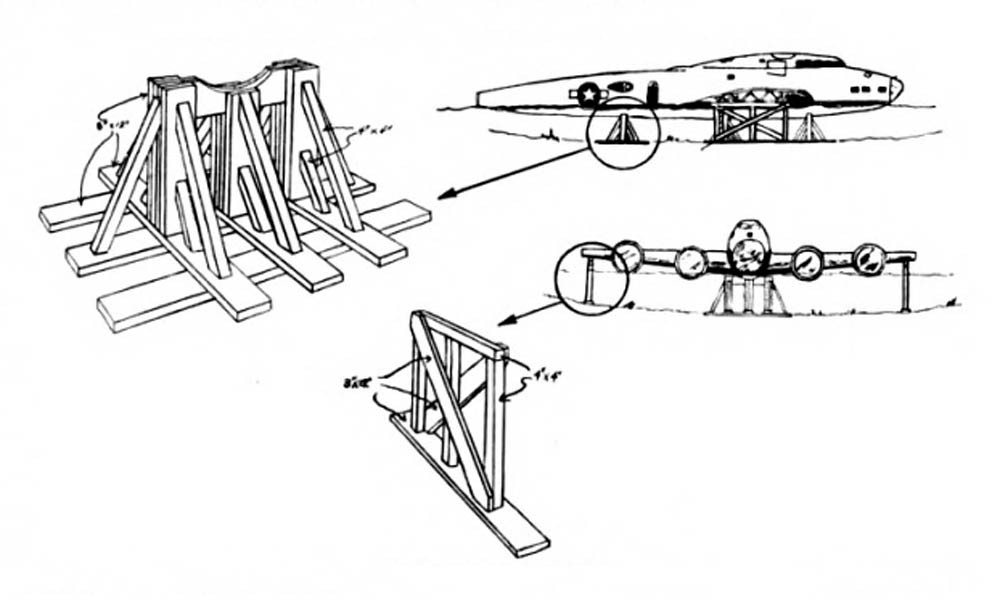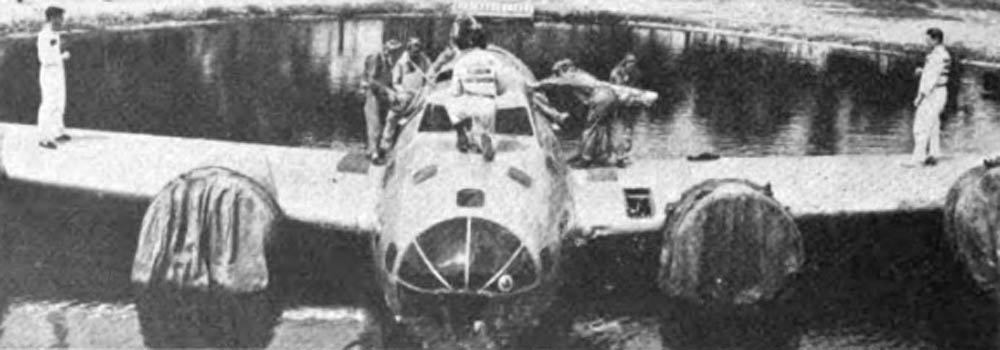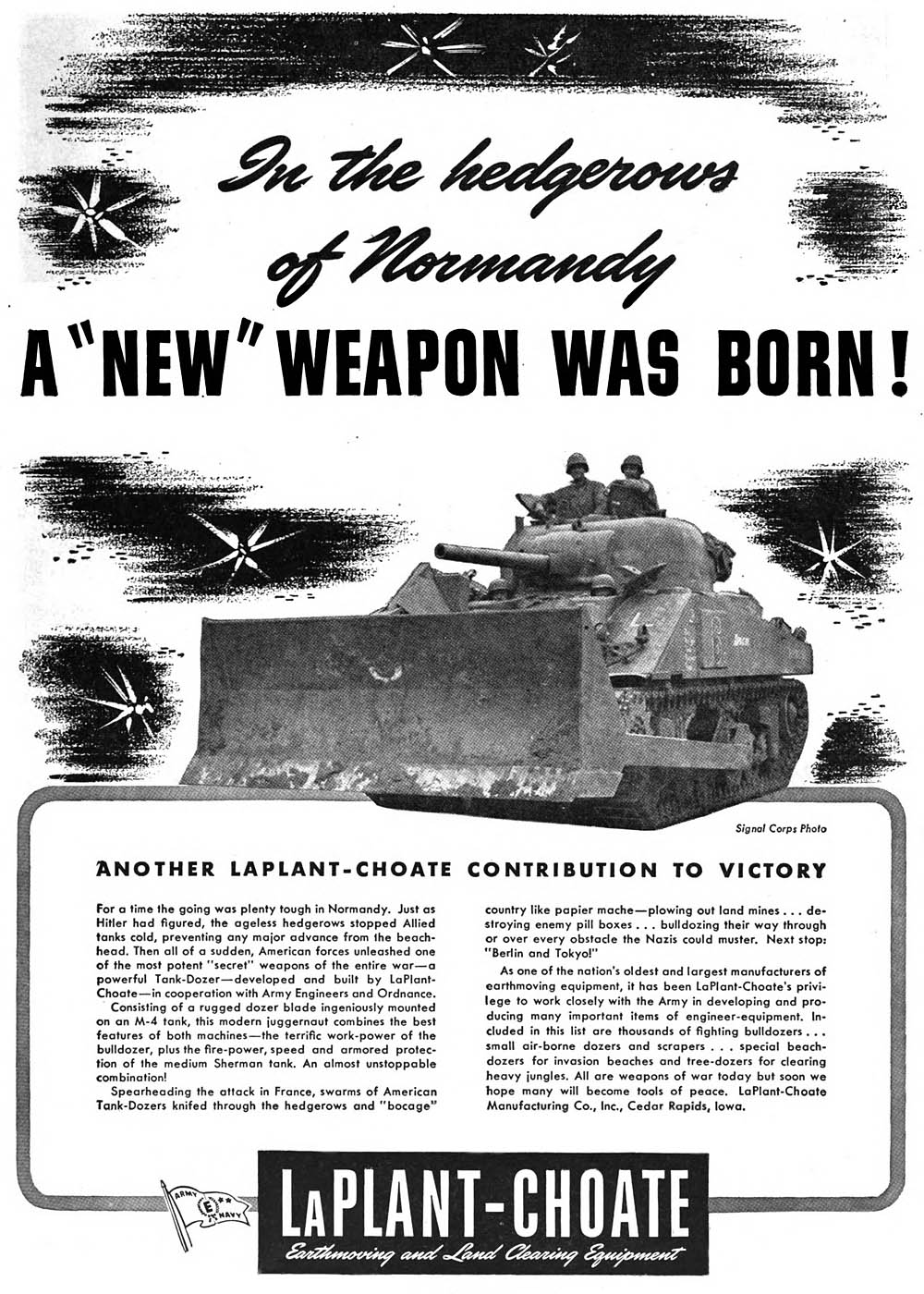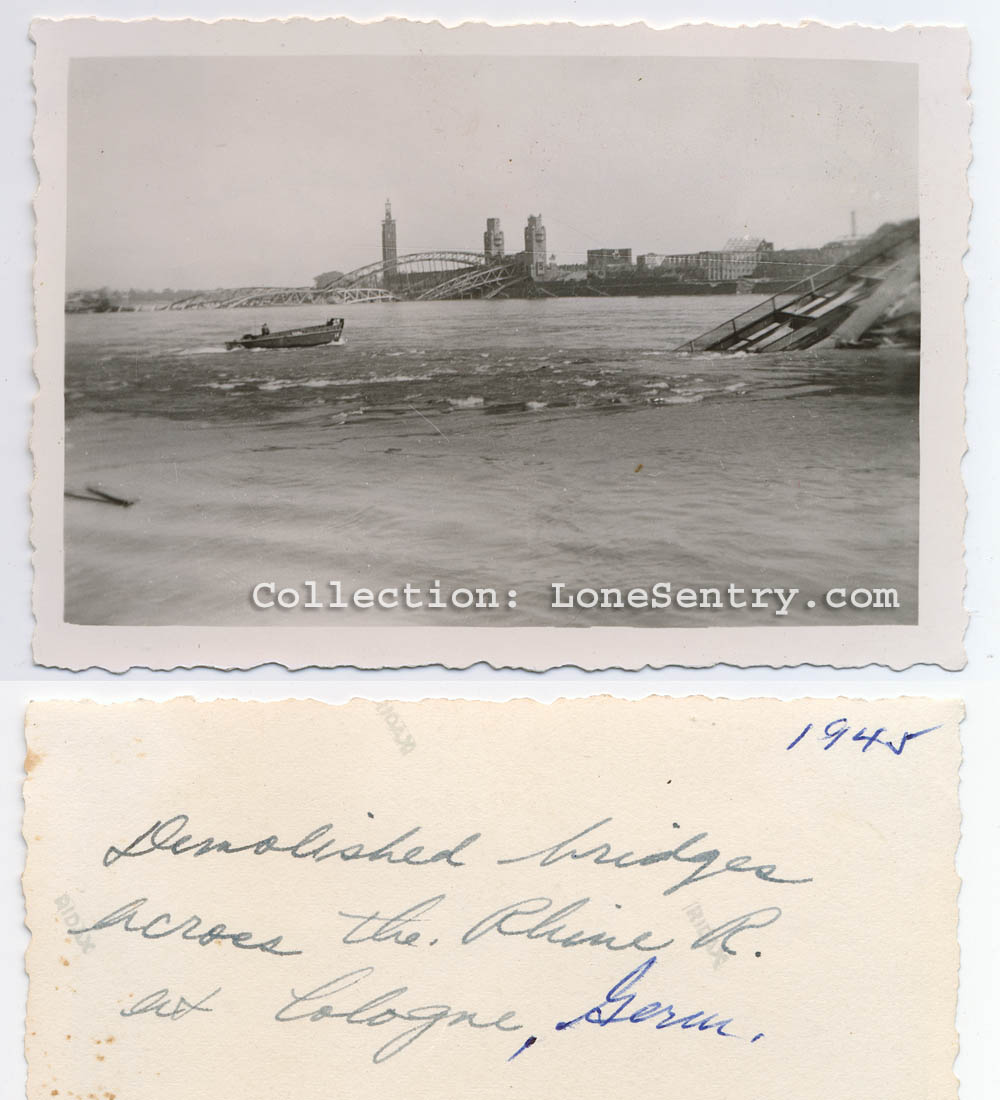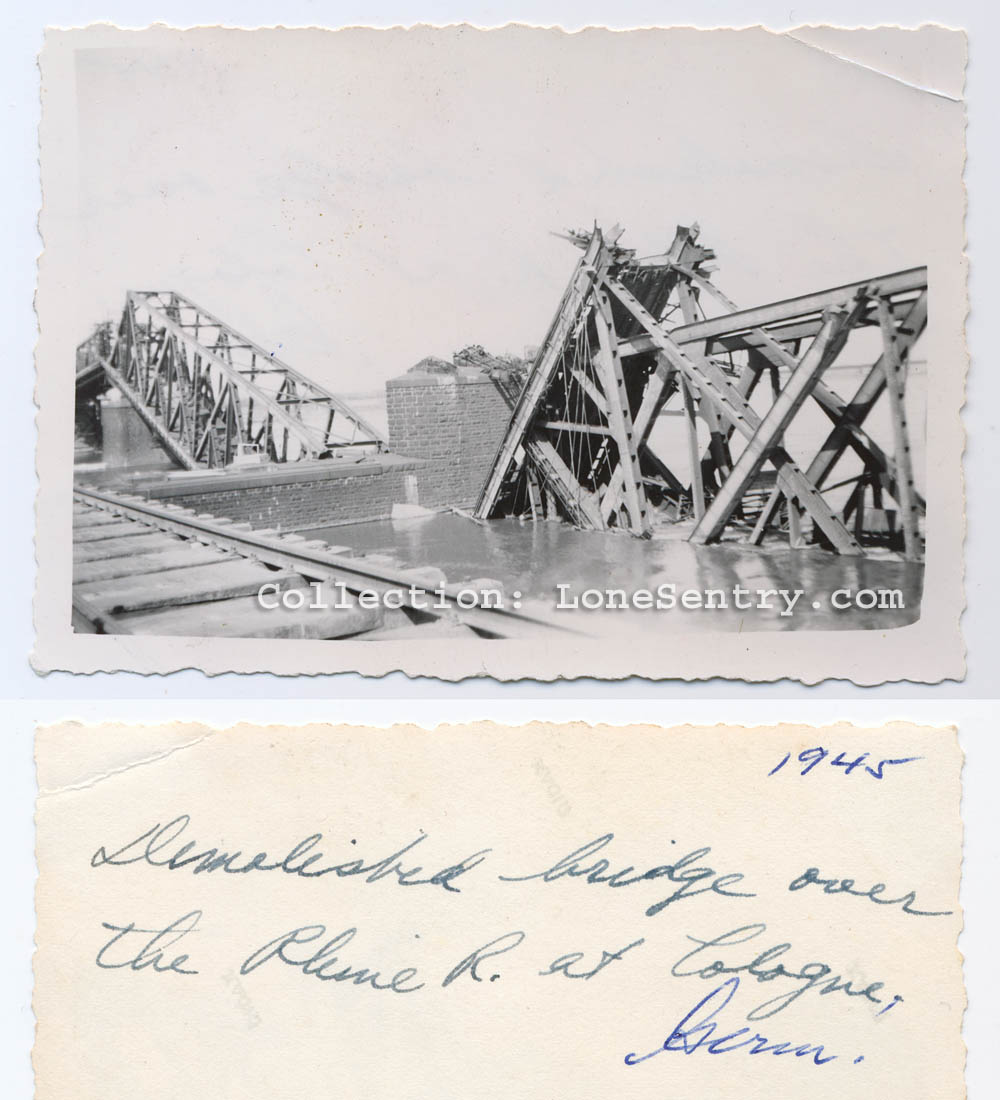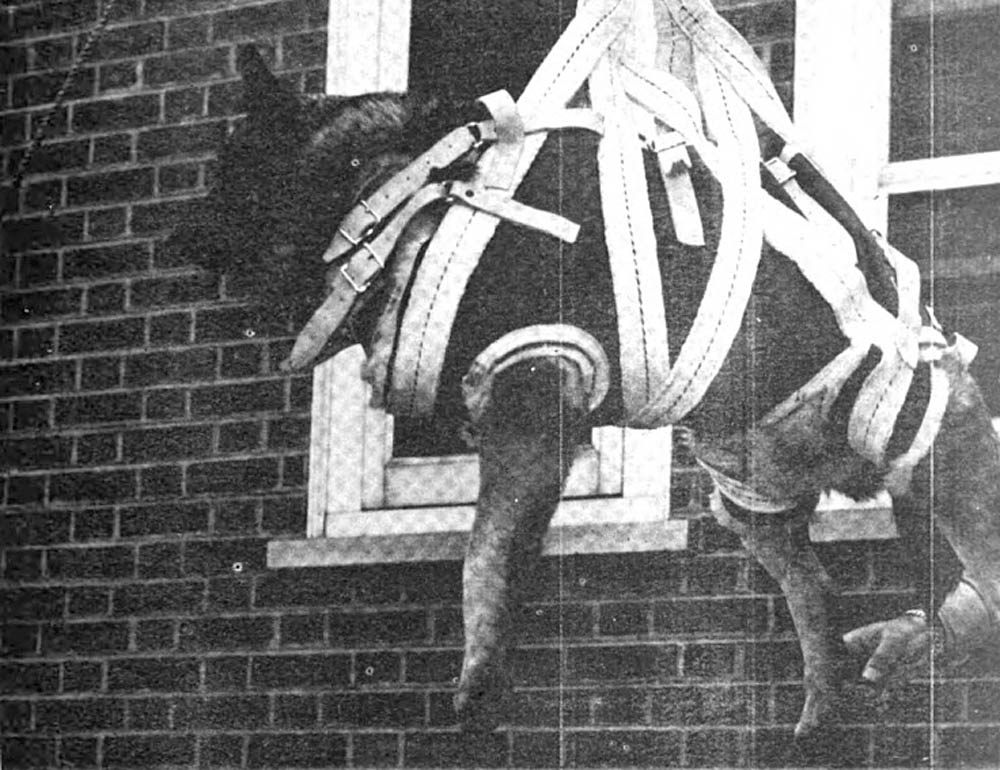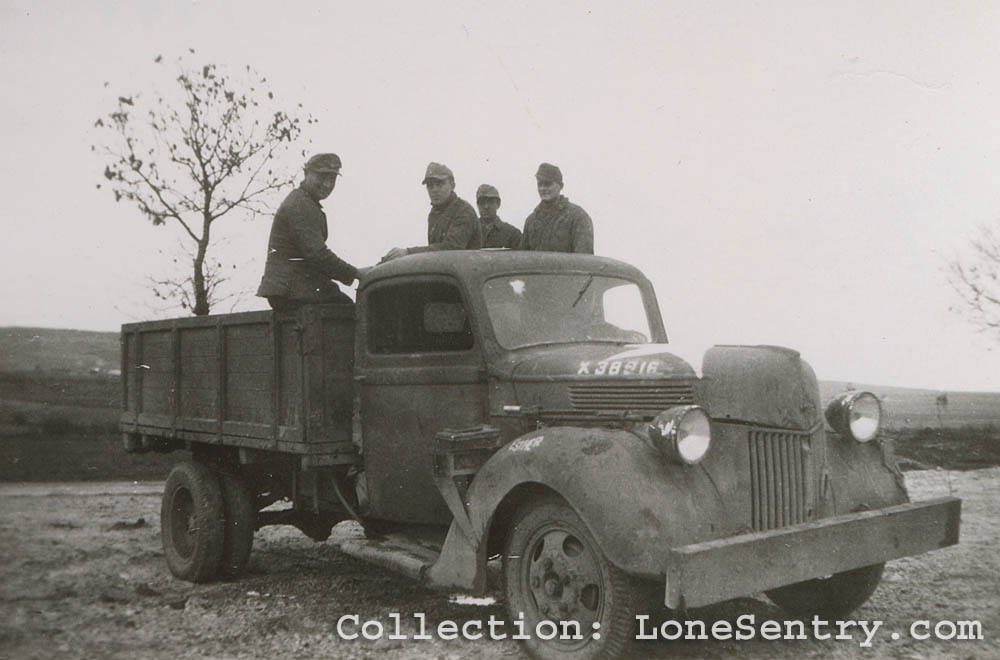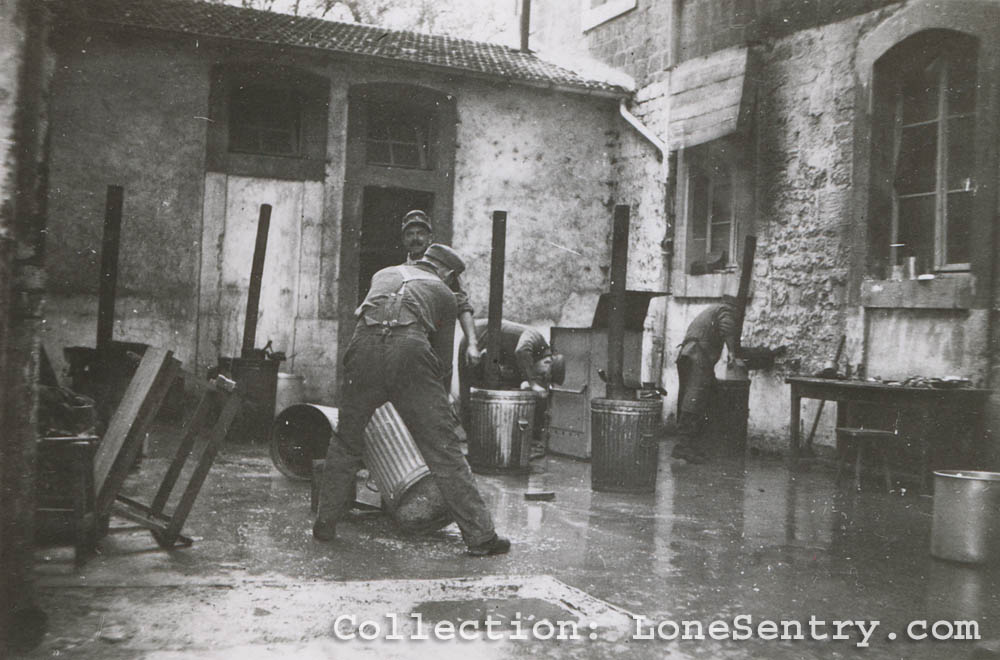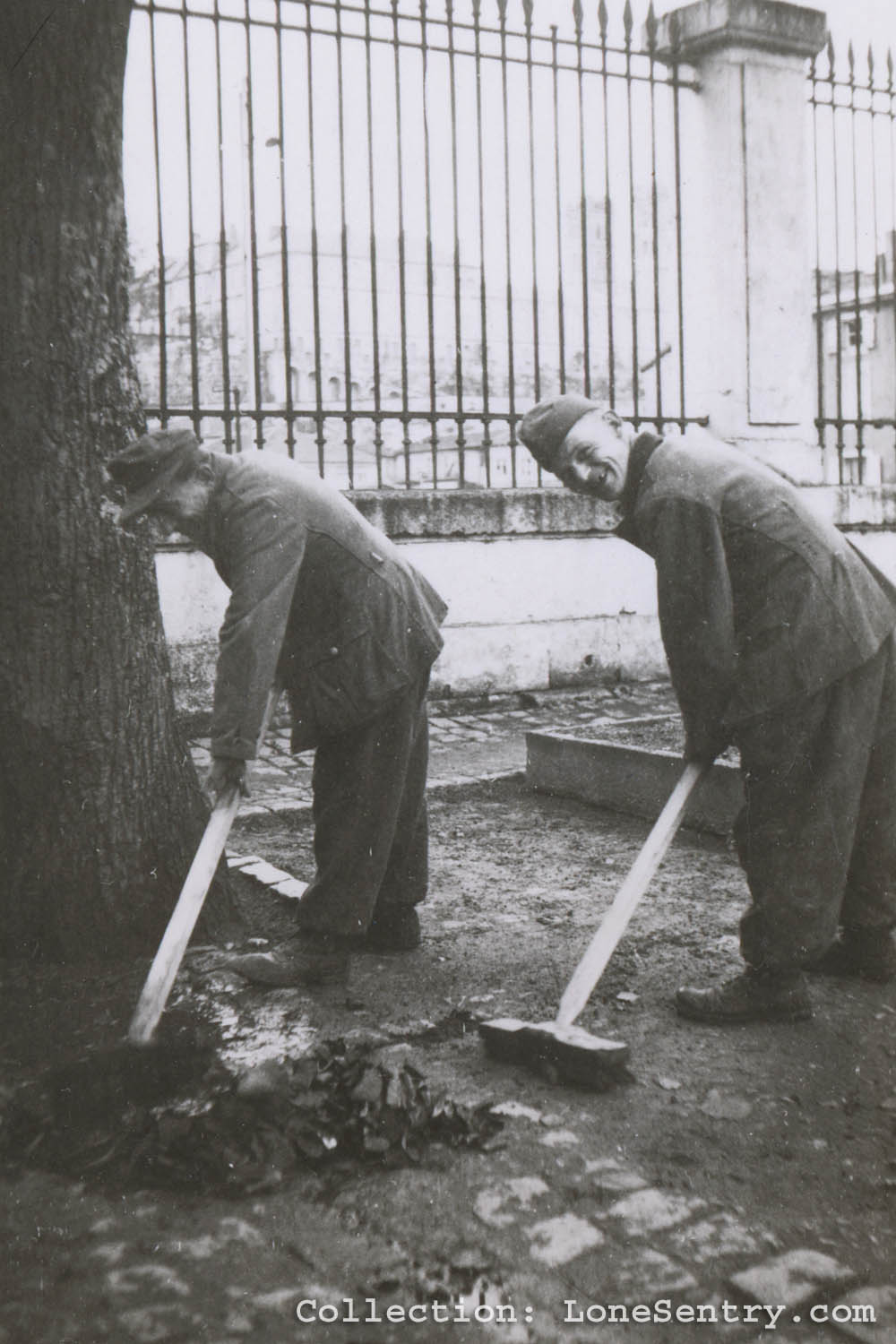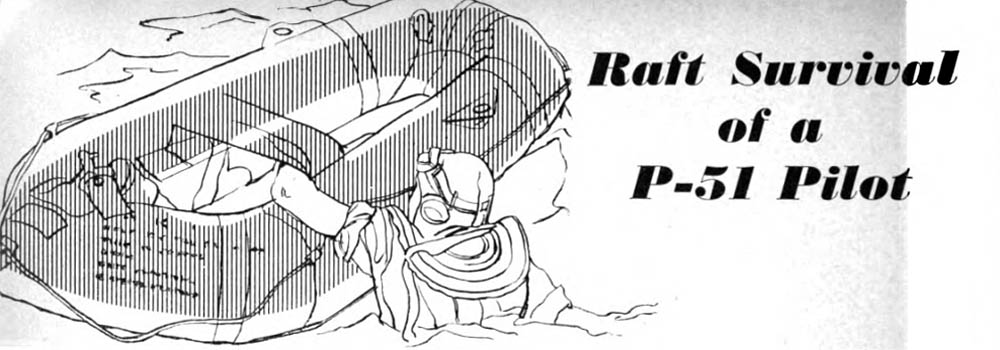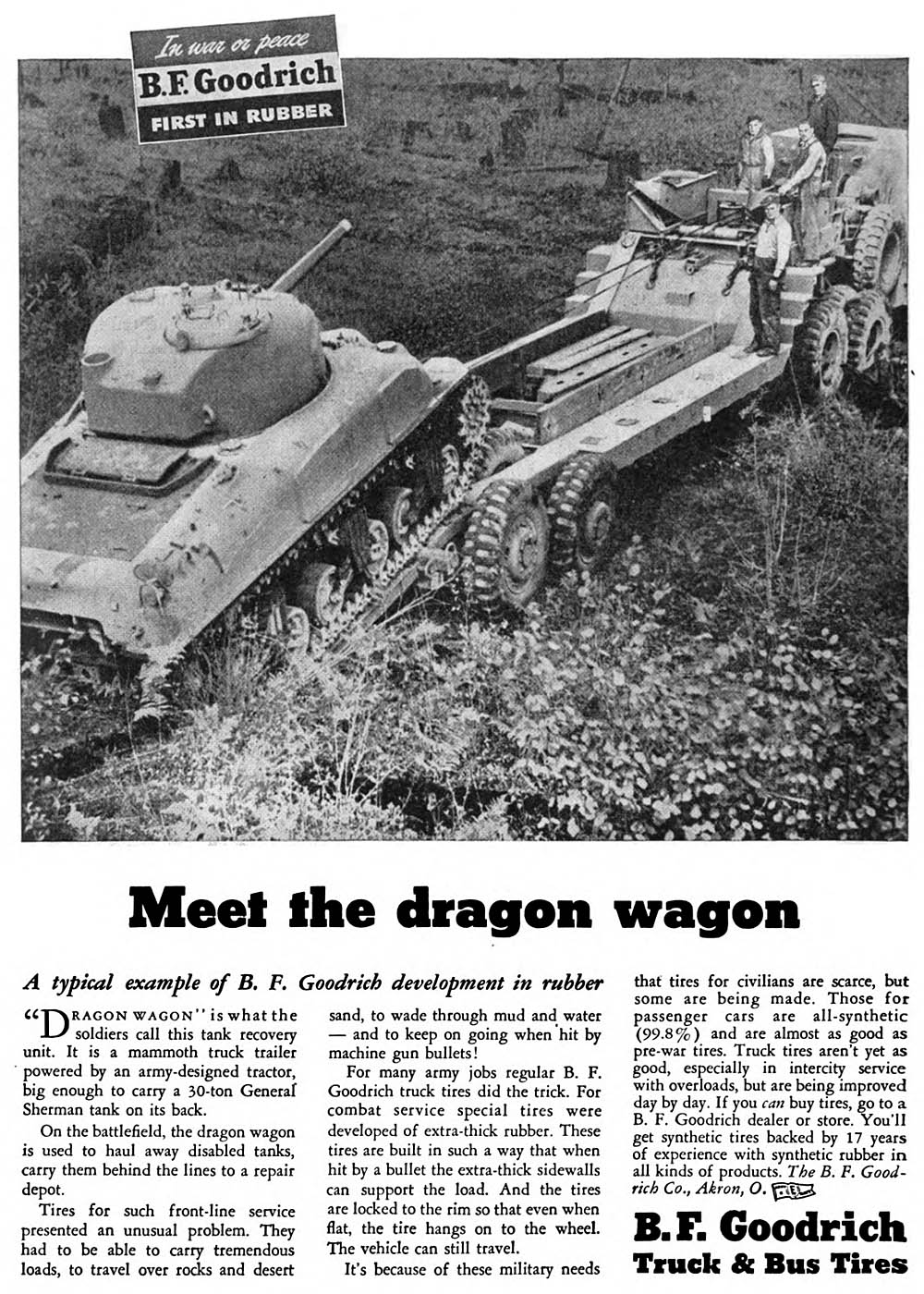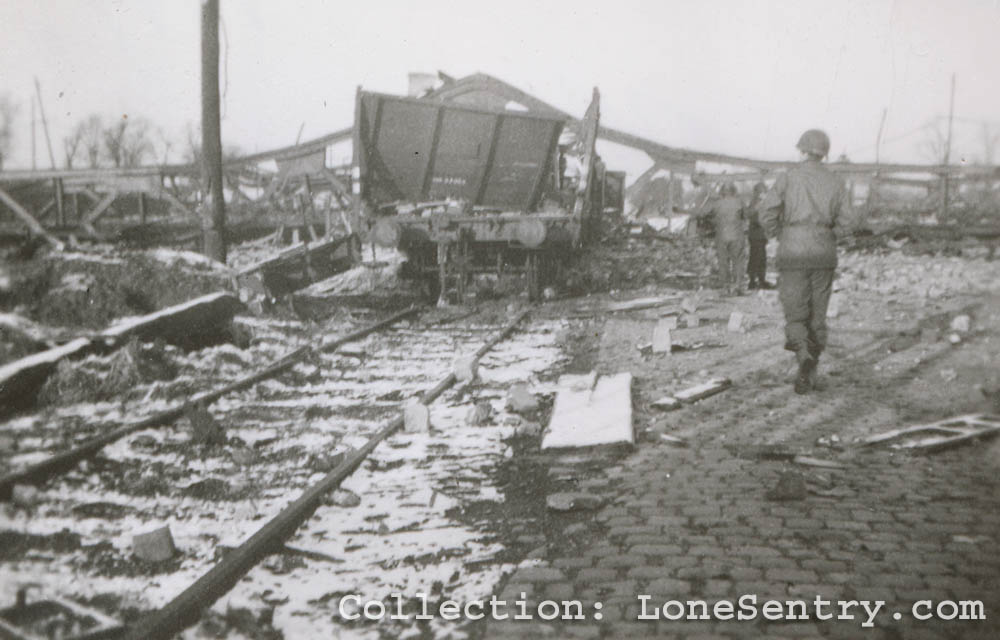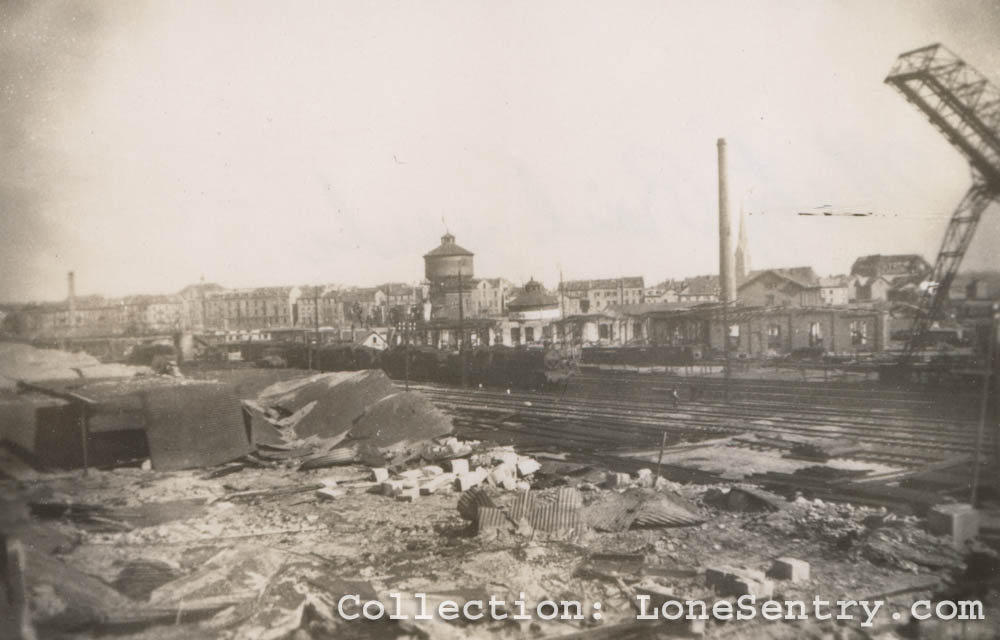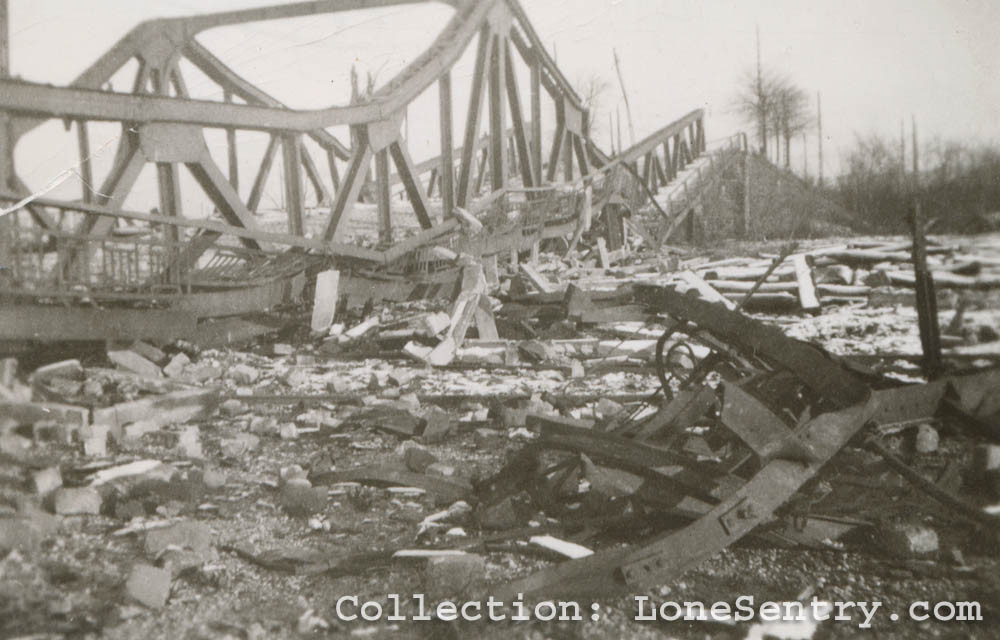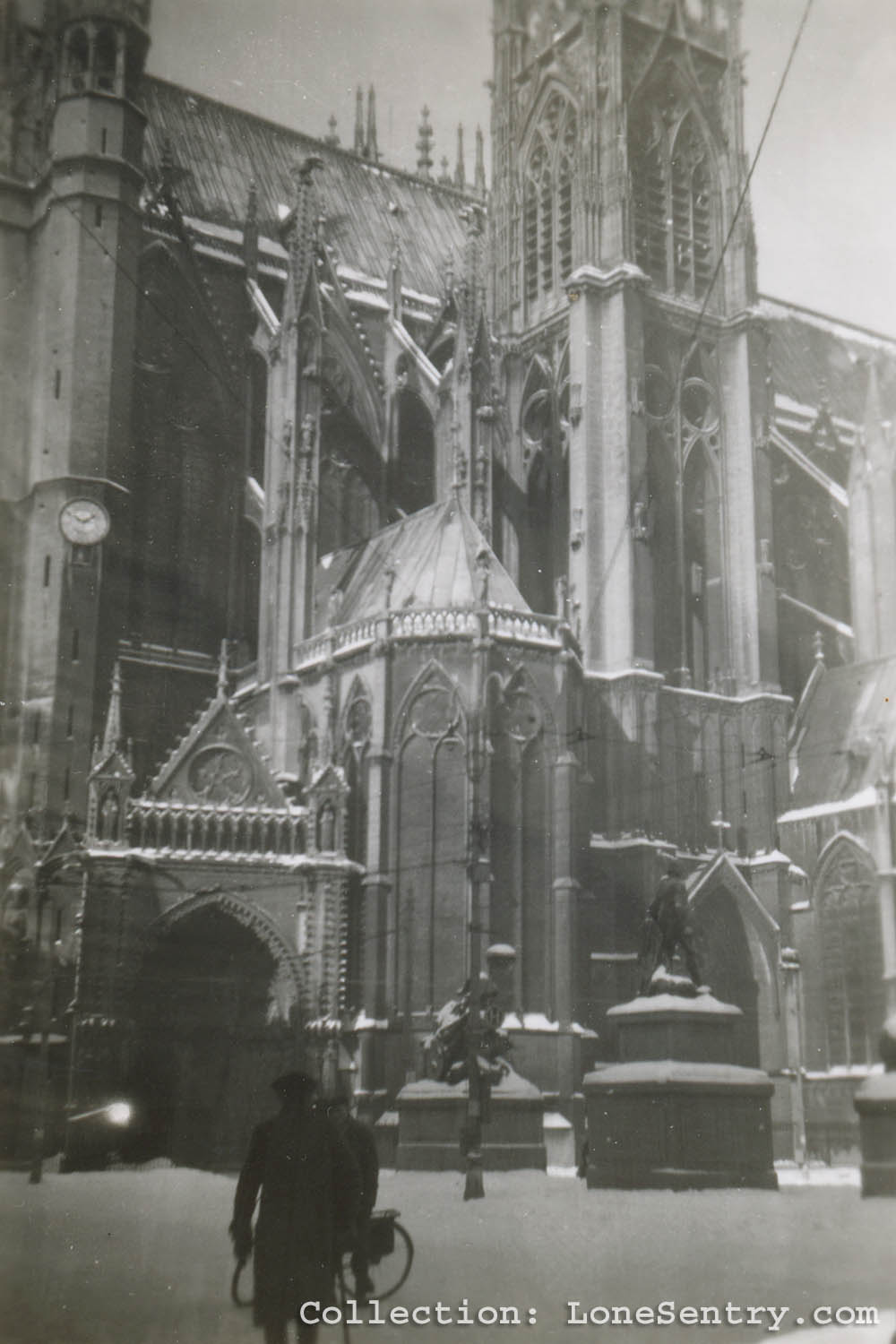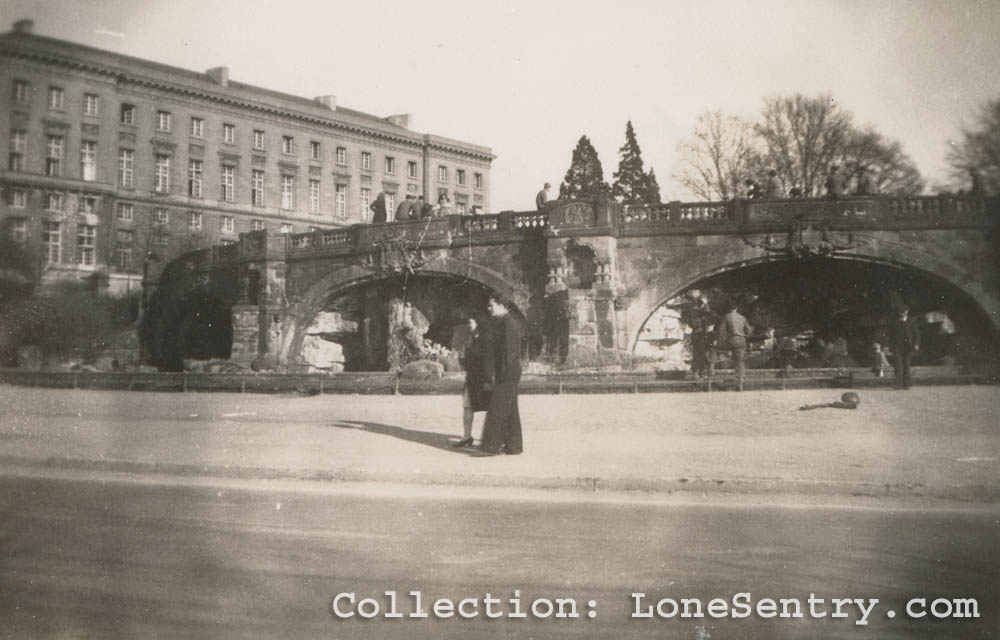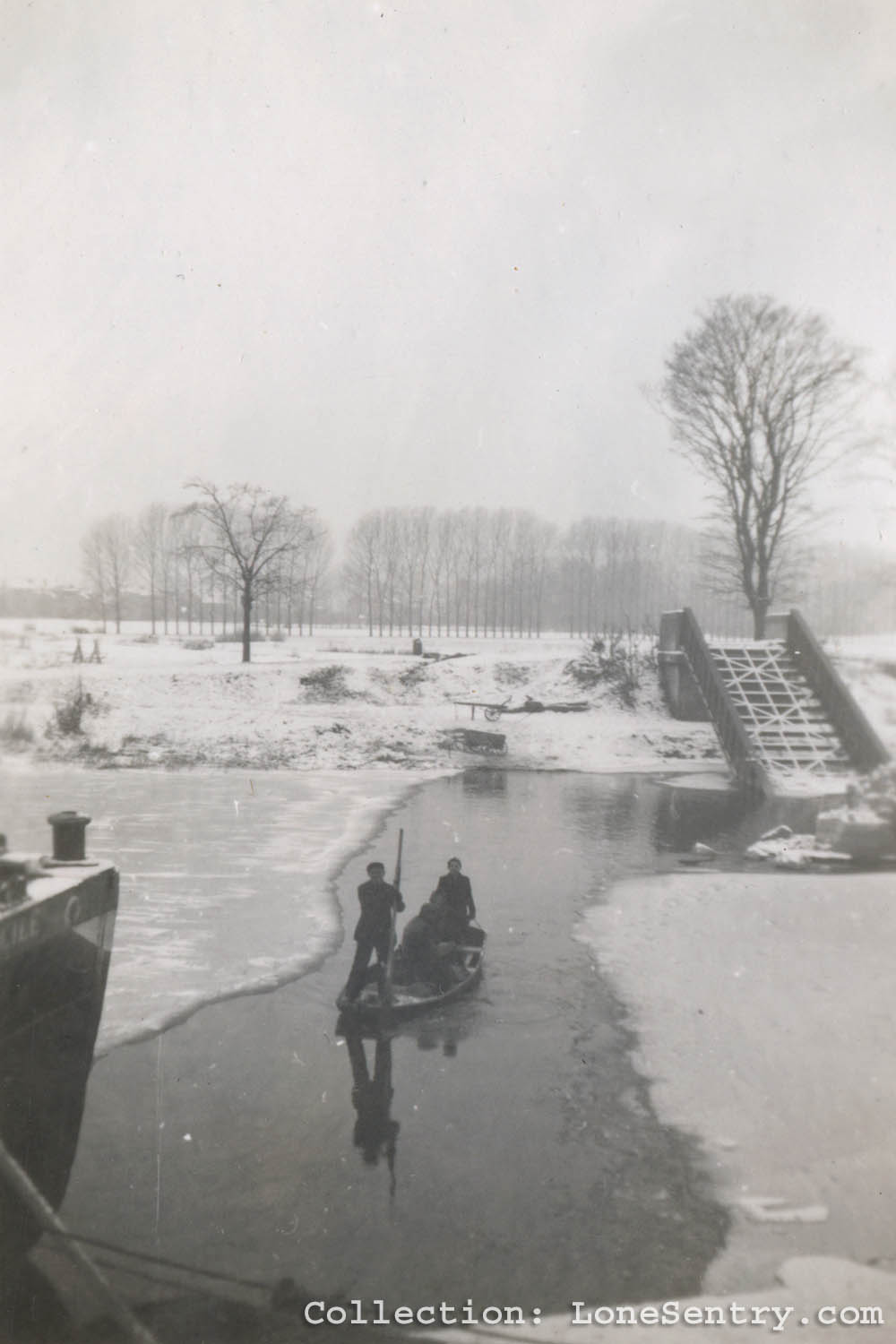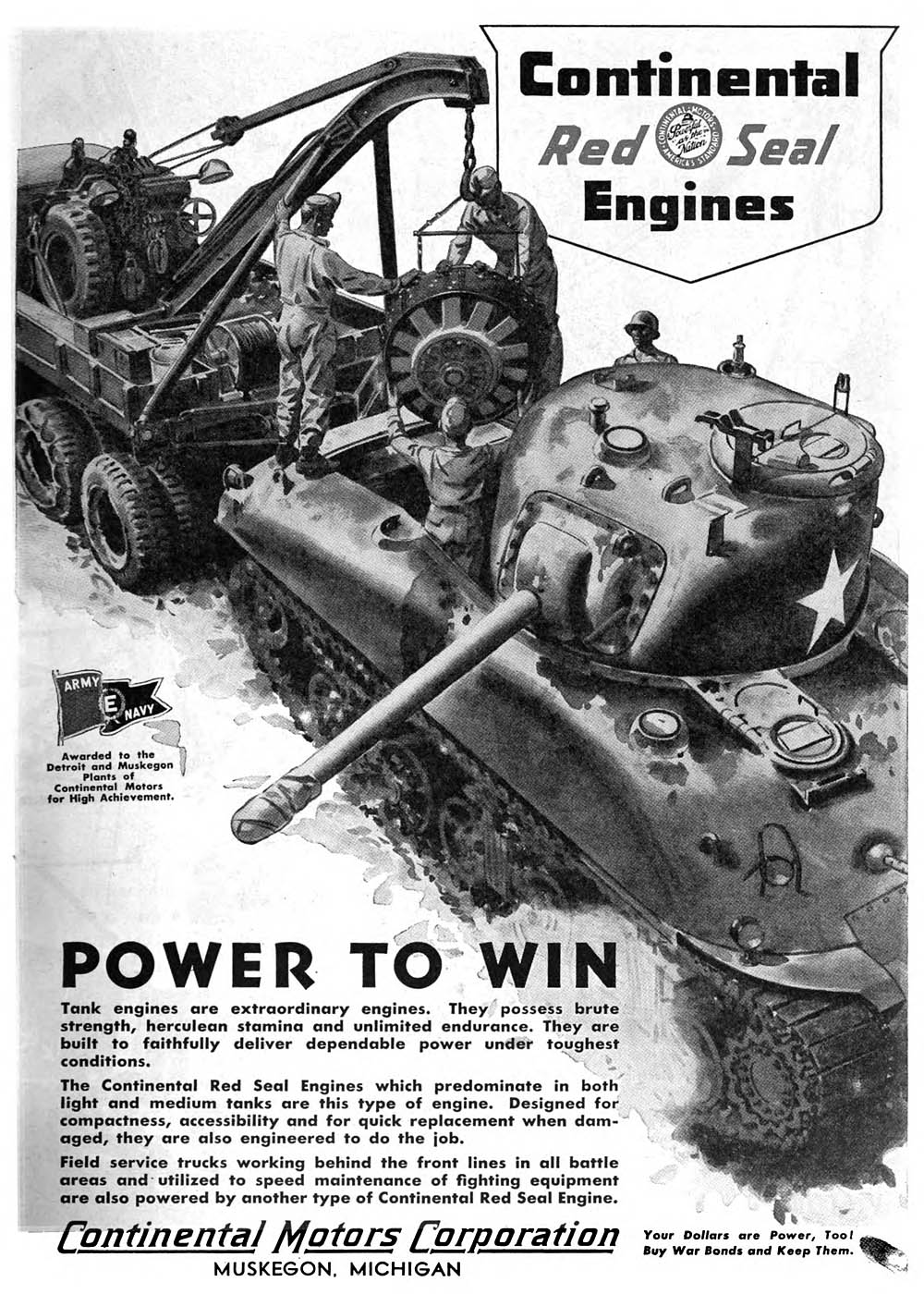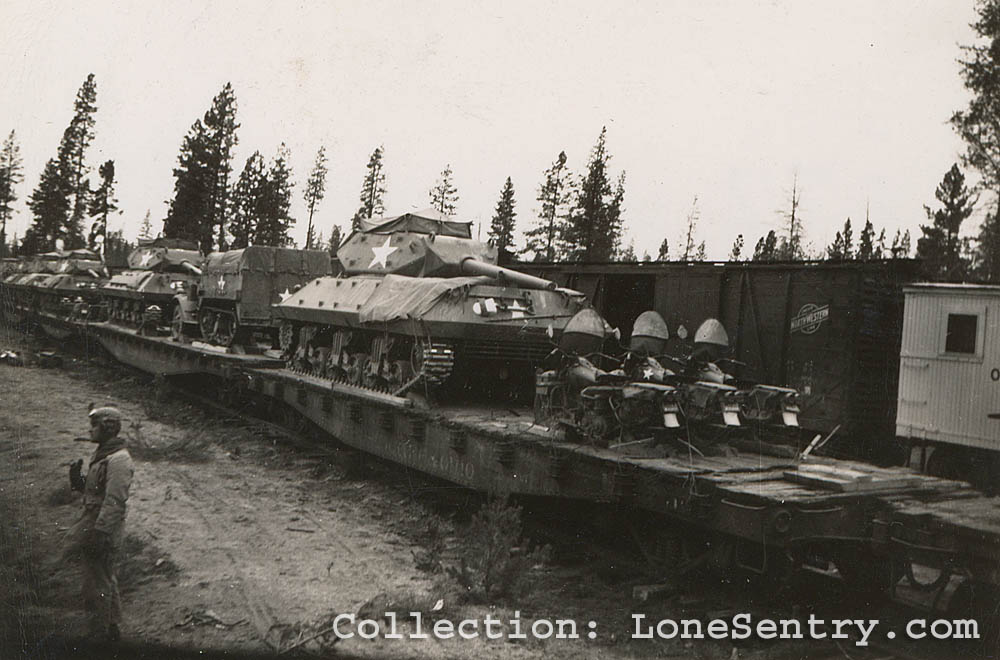The story of the rescue of a P-51 Mustang pilot in the Pacific, from Air Sea Rescue Bulletin, U.S. Coast Guard, Vol. III, No. 9, October 1946.
Raft Survival of a P-51 Pilot
The following report from D of I, AAFPOA, contains some worthwhile tips on “rafting in the Pacific” by a Seventh Air Force fighter pilot who survived six days and a typhoon on a one-man life raft. Ed.
NARRATIVE: The pilot was on a B-29 escort mission to Osaka. Two and one-half hours from base the squadron ran into some haze and fog, with visibility about 1 mile. Later, it encountered an extremely turbulent front too high to fly over. Weather had forecast a front at about this area, but not of this intensity of reaching above 10,000 feet. Shortly after penetrating the front, the plane’s engine started cutting out, due, the pilot believes, to icing in the carburetor. He lost sight of the rest of the flight. The flight leader was circling, attempting to keep in radio contact with the navigator B-29 and the rest of the flight. The pilot went down to 3,000 feet and then 500 feet, still in the weather, and tried repeatedly to raise the flight leader and the navigator B-29 without success. Later he was sure his transmitter was out.
With his engine kicking up, he took a reciprocal heading toward base and came out of the weather. His engine was functioning all right for the moment and he climbed back to about 9,000 feet and tried to get a heading from base, but got no answer. At approximately 1100 hours, 1 hour after he had started on his return flight, his engine started sputtering again. The pilot went into full rich, turned on his IFF and transmitted his location (approximately 250 miles northwest of Iwo) which, of course, was not received, as his transmitter was not functioning. He lost altitude rapidly. At 2,000 feet, with fuel pressure way down, he banked and turned left, jettisoned his canopy, and dived out over the side past the left wing. His chute opened immediately and he had no trouble on the way down. He tried unsuccessfully to unfasten his leg straps before dunking. As soon as he was in the water he unsnapped his chest and leg strap fasteners without too much trouble. He was able to keep away from his chute well enough not to get tangled in it, except for two shroud lines which he found caught to him after he had inflated his Mae West and raft, and had climbed in. (The pilot had some trouble locating the CO2 bottle at first–being heavy, it tended to sink to the bottom side when the raft was pulled loose from the raft pack). He cut these two lines loose and kept them, but the rest of the chute floated out of reach.
B-29s passed over on their return from target, and the pilot fired flares but was not able to attract their attention. Later in the day, the fog closed in and he heard what sounded like a PBY circling in the area, but he was never able to see it. On the third day a B-29 mission passed overhead, one by one, and the pilot broke out sea marker, fired flares, used a smoke bomb, and fired tracer ammunition without attracting anyone’s attention.
On the fifth day, toward evening, the sea started to get rougher and by midnight a grade A typhoon was shaping up. The pilot kept well covered with a poncho and hood, found the hood leaked some, but by raising the poncho with his knees was able to keep a lot of sea water running off the raft rather than into it. However, there was still plenty of water in the raft–it never was completely dry the whole 6 days. During the night he was upset five times–not by swells, which were running very high but by the white caps on top of the waves which broke under the raft and tipped it over.
The pilot twice climbed back into the raft, pulling his back pack in with him. The third time he used the parachute shrouds–he tied them to the back pack and the raft pack and hung them over the side. That was all right, except that during the night, the back pack disappeared with everything it it–his pistol, knife, most of his food and water, and desalination water kit. A large fish may have been attracted by the bright white line and snapped it, or in the very rough going, the weight of the backpack jerking on the end of the line may have snapped it.
Toward evening of the sixth day afloat, the pilot started hearing things. That night he carried on a completely imaginary but very plausible conversation with the Iwo tower, telling them where he was and for ——-‘s sake to get a boat out to him. The answer was–“Hold onto your shirt, we’ll get someone there to pick you up. You’re O.K.” In the morning he heard music and then imaginary voices on an imaginary destroyer which was standing by to rescue him. He whistled, talked with some of his squadron mates, and everything was dandy. He was still balmy when a lifeguard sub, almost 2 miles away, happened to be on the crest of a swell at the same moment the raft was on the crest of another, and spotted him.
Still under the illusion he’d been talking to the tower and to a destroyer, the pilot was not a bit surprised when he glanced over his shoulder and saw a sub making for him. The sub missed him on the first pass, but with some difficulty got next to him on the second. Much to the surprise of the crew of the sub the pilot stepped aboard and calmly announced he’d been talking to the tower at Iwo and had been waiting for them–what had held them up so long? The position was approximately half way between Iwo and Japan.
COMMENTS ON SURVIVAL: The pilot, with his para-raft pack, knife, pistol, waterproof holster, cloth chart, and backpack, was about as well equipped as anyone could be in a one-man raft.
Included in his para-raft pack and back pack were two cans of pemmican, and in his pockets he had two small bars of chocolate. Actually he was never particularly conscious of hunger, and ate only three-quarters of one of the rations. Of course he lost the rest of his food rations when he and his backpack parted company on the fifth night. He had been without food, he had two good opportunities of obtaining it. On the sixth night a friendly bird about the size of a pigeon, with a dark back, a white spot on its head, a lighter belly and a straight beak (possibly a noody or sooty tern) alighted on his raft and kept him company all night. Once he left the raft to grab a small fish, and that could have been two sources of food, plus blood for liquid.
From time to time he also saw small fish, four to six inches long, with blue and black stripes (possibly small bonita) around the raft. There undoubtedly were
other fish enjoying the shade under the raft in the day time–good food and good bait, which could have been caught with the net which was part of the backpack kit.
Drinking water was no problem, until after he had lost his backpack. He had three pint cans of water, and the Permutit kit. If he had needed it, he could have caught rain water in his poncho or sea anchor. Actually, he did not drink any water for the first 24 hours–a good idea, to adjust kidneys to maximum efficiency and to preserve supply. He drank a pint and a half the second day, and on the fourth day put his Permutit kit to work. He found it highly successful–better tasting (though slightly brackish) than the water at his base. He recommends drinking the top half and then refilling, in order to stretch the amount of water manufactured from one briquette. He also found it quenched his thirst best when taken in small doses. If he had been without synthetic or canned drinking water he could easily have survived on rain water, moisture from chewing fish, and the blood from the bird which parked on his raft all night.
The pilot had the frying pan type first aid kit in his pack. Except for the episode of the sixth night, when his imagination did double duty, he needed little medical attention. He sustained no injuries, and his only discomfort was caused by a few pressure sores low on his back and hip, caused by friction with the raft, and some rashes under his arms and around his waist, resulting from perpetually wet clothing.
He was never particularly conscious of being cold, even at night, in spite of the wind and wet clothing. His hood and poncho helped a lot. Actually he was very cold, as examination on board the sub later showed.
Condition of his feet is worth commenting on. He had on heavy woolen socks, snug in regular GI shoes. He kept his feet up on the gunwale most of the time, and had very slight trouble from “immersion foot” which had plagued most crew men who have ditched. When he boarded the sub he had no trouble navigating up the deck and down to his bunk under his own power.
The pilot had a cast iron stomach, and was seasick only once–when he first boarded the raft. Generally survivors have been violently sick for from 24 to 48 hours, but usually no longer.
The pilot did not see a shark the whole 6 days. This is unusual. While there are very few instances of sharks doing anything more than showing signs of inquisitiveness, most survivors have seen them. The rough conditions probably kept the sharks from surfacing.
The pilot was well stocked with signaling devices but had little luck with them. He had four yellow smoke grenades, one of which he used; six rocket flares, several of which he used; two signaling mirrors, which he used when the B-29 mission passed over; seven packages and one can of dye marker, much of which he used; and tracer ammunition. The fact that none succeeded in attracting anyone’s attention was not the fault of the pilot or the equipment. It simply resulted from a combination of circumstances–the crews in the aircraft he spotted were not on the lookout for him.
The pilot recommends highly the tracer ammunition as a night time signaling device, but says it is not so effective in the day time. The smoke bomb and signaling mirrors he considered very effective in the day time, particularly the mirror if the sun is shining. The fairly short life of the smoke bomb handicaps it, though it showed up well while it lasted. The mirrors are really effective only if you have had some practice with them ahead of time; they cannot be mastered on the spur of the moment. Handled properly, mirrors have many times been effective for as much as 10 miles, and there is one case in which the distance was stated as 20 miles.
The pilot was somewhat disappointed in the flares, which are fairly effective at night, but have a short life and not a high trajectory. The tracers are better. However, many times the flare has been very effective. Dye marker is good in the day time, particularly for searching aircraft.
The loss of the backpack, when it was hung overboard, makes it seem advisable to use only darker colored lines for this purpose (the white attracts large fish), and do not hang heavy objects over the side when it is very rough. At other times it is a smart move, because it helps to stabilize the raft, acting as a sea anchor, and provides more space and comfort in the raft.
While the pilot had no trouble staying with his raft when it capsized, he might have lost it. This would be even more true of a five-man or seven-man raft, offering greater wind resistance. In heavy going, fastening a line around the waist and attaching it to the raft is a good precaution.
